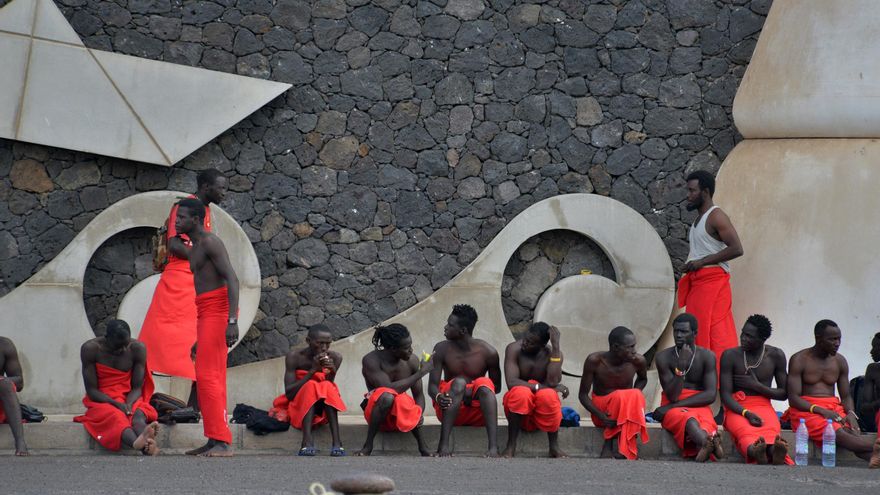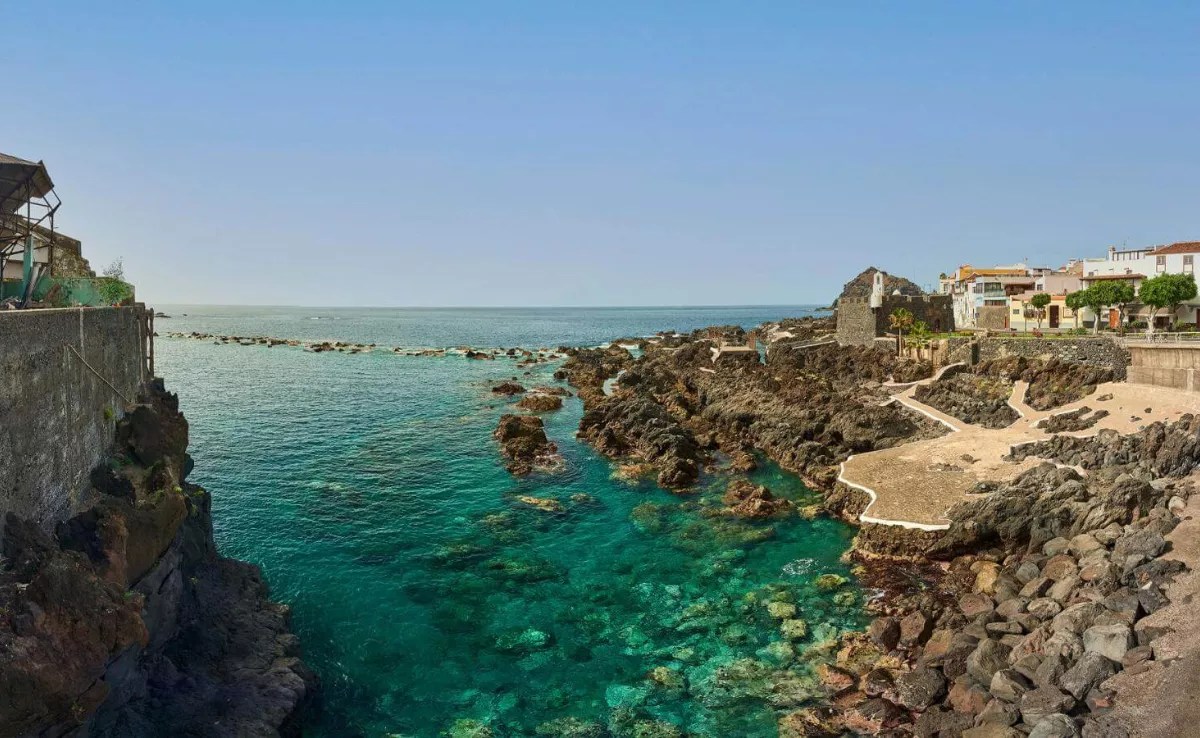
The migration phenomenon in Canary Islands This 2023 is reaching historic proportions. With 28,727 people arriving on October 26, with more than two months left to finish the year, everything seems to indicate that the record established in 2006, the year in which the Canary Islands received 31,678, will be surpassed. And these are only the arrivals, because if we counted the departures from the points of origin there would be many more people. The Atlantic migration route is the most dangerous and deadly. There are migrants who undertake a journey of no return in which they never set foot on land again. They remain at sea, lost in the immensity of the Atlantic Ocean and perish. In the midst of this drama, The Canary Islands suffer from pressure from which they cannot escape alone and do not always find a response in the State or solidarity in the rest of the Autonomous Communities..
Whether due to ignorance or xenophobia or both, sometimes messages are heard that do not correspond to reality, like that of the mayor of Medina del Campo, who warns that migrants cause contagious diseases. For this reason, we have prepared eight questions and answers that contain the keys to what is happening right now in the Canary Islands.
How many migrants have arrived in the Canary Islands in 2023?
Arrival figures this year are historic. Only data from 2006, the year in which the canoe crisis occurred, exceed current records. So far this year, 28,727 people have already arrived. In the previous crisis, in 2020, 23,271 did so and in 2006, 31,678.
What reasons explain the rebound?
There are several reasons that explain the historical rebound. Instability policy and social in the countries of origin is a key issue to understand the increase in migratory flows to the Islands. This seasoned with Transitional governments and the emergence of new world powers are a breeding ground for the spread of terrorism and the explosion of internal conflicts.. This causes more and more people to flee the continent looking for a better place to live. To this equation we must add the climate factor. Heat, droughts and floods push populations towards climate migration. The data suggests that climate change will aggravate the underlying problems that already exist. Resources are increasingly limited and demographic growth means that many Africans will have to leave the continent to look for alternatives in other places.
Do all arriving migrants stay in the Archipelago?
Most don’t. The central government makes constant transfers to the Peninsula. The acting Minister of Inclusion, Social Security and Migration, José Luis Escrivá, has estimated between 5,000 and 6,000 migrants who have been transferred in recent weeks from the Canary Islands to the Peninsula to decongest the first reception centers in the Archipelago in the face of incessant arrivals. of cayucos to the Islands.
How many people are there in the state reception network?
Right now There are 13,000 migrants in the state reception network: 6,000 in the Islands and 7,000 in the Peninsula, although not all of those currently in the centers come from the Islands.
Who can be transferred to the Peninsula?
Foreigners of legal age in an irregular situation. The reception of minors who arrive alone is the responsibility of the autonomous community and currently the Canary Islands Government guardianship of around 4,200 children. According to the usual protocol, after the first 72 hours, while their affiliation is completed, the Ministry of Migration identifies those who are in a vulnerable situation and notifies the Interior so that their transfer to a more appropriate resource can be authorized. However, given the intense arrival of cayucos to the Canary Islands, several of these procedures are now being carried out in the centers to which they are transferred.
Where are they staying?
The Ministry of Migration, responsible for transferring, housing and assisting these migrants, is following the “usual procedure” of referring them according to their vulnerability to the places available throughout the network, which may be the Administration’s own centers managed by NGOs or spaces enabled for this purpose.
Are there enough spaces?
The central government is looking for locations throughout the Peninsula to guarantee a dignified reception for immigrants. For the moment, Defense has given up two pieces of land in the Community of Madrid: a barracks in the Carabanchel district of the capital, with 450 expandable places, and another in the municipality of Alcalá de Henares. Migrations was also evaluating two other spaces in Seville and Cartagena (Region of Murcia). Although, the city council of the latter city, where there is already a Temporary Care Center for Foreigners (CATE), has opposed the installation of a new center.
How are communities reacting to the transfers?
Many of the town councils in which the Popular Party governs have complained about the lack of “foresight” of the central government. They criticize the lack of information about transfers and demand more “coordination” in the management of the migration phenomenon.
















